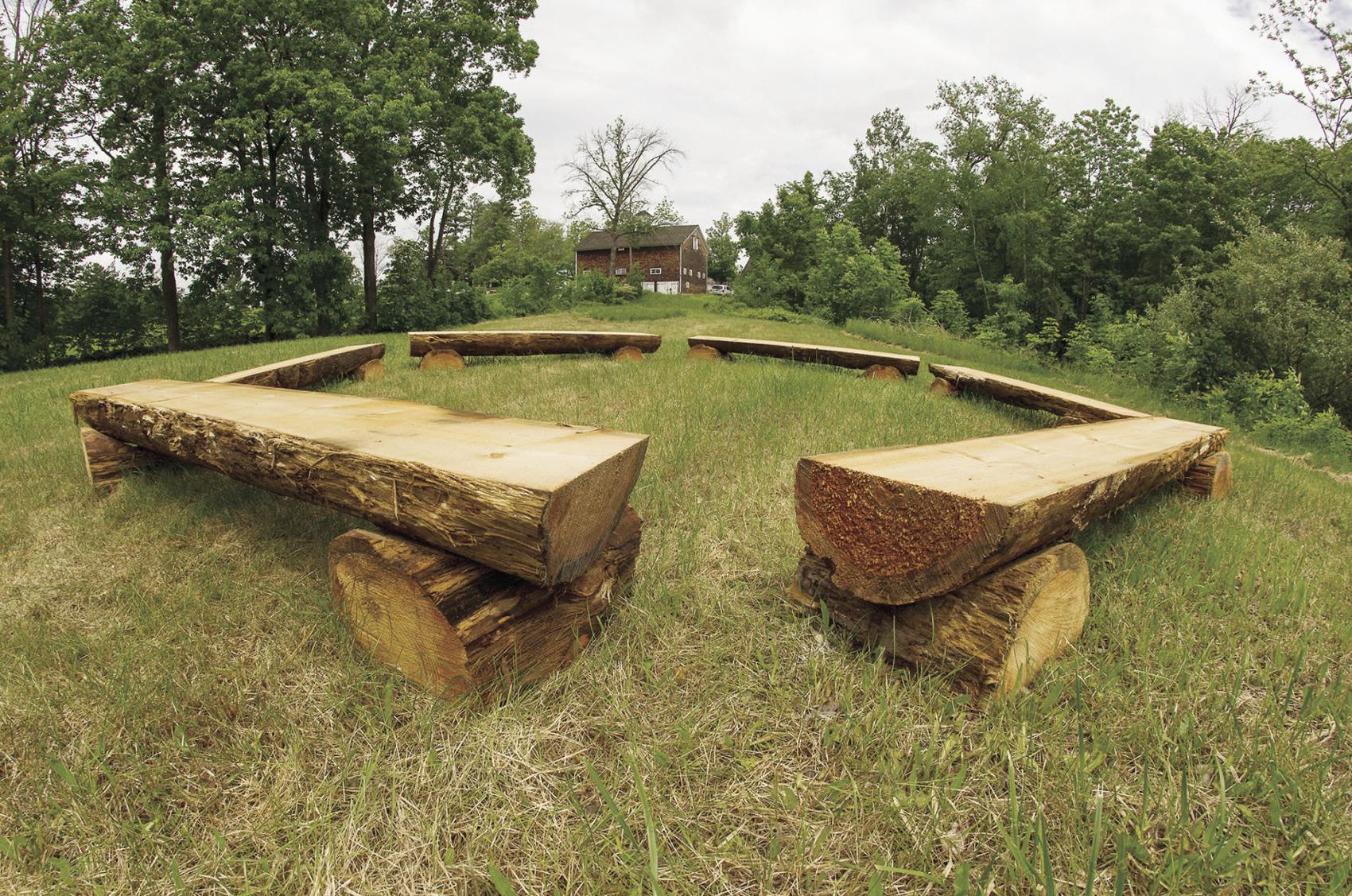A quiet place
 Originally published in The Laconia Daily Sun ›
Originally published in The Laconia Daily Sun ›
In an attempt to disconnect from the ever-present iPhone, I have recently been leaving the device behind. It isn’t ever in my pocket when I go to Yoga or for long walks on Randall’s Island, and at times when I don’t want to be distracted (by the present).
Last Friday evening, driving through Laconia and along the shore of Lake Winnisquam, there was a spectacular sunset. The light reflecting on the buildings created scenes that will remain in my memory the way a painting in a museum stays with us long after our visit. The colors, vivid shades of reds, yellows, orange and cerise, defined the horizon. While it would have been impossible to capture this stunning sky as a photograph, my phone was at home on the counter so I couldn’t even make an attempt.
The sunset was just the precursor to a glorious June Saturday. I spent the morning at the Shaker Village in Canterbury, inspired by a trip to Puerto Rico several months ago.
Described as one of the largest and most complex ceremonial sites in the West Indies, Caguana is located in Puerto Rico’s lush mountain range and is the ancestral home of the Boriken Taíno people. It is unique because the earth and stone lined markers indicate where ball courts, structure and probably ceremonies were held.
A Shaker site in New Hampshire and a ceremonial site in Puerto Rico may seem an odd association; and yet, since circles, community and gatherings played such a role in the Shaker culture as well it’s how I made the connection.
At the Shaker Village, if you park in the parking lot, you might notice a sign for a trail just at the top of a mowed field that has a few benches and rounds of wood situated in a circle. The circle played a role in Shaker dances. In 2014 the Wooster Group, in collaboration with St. Ann’s Warehouse, produced what they described as “a record album interpretation.” A group of women sang along with a 1976 recording of hymns, marches and working songs performed a cappella by Shaker women. At the same time the women moved in a circular pattern, twirling their bodies.
Sitting on one of the benches in the Shaker field offers a place for contemplative reflection and quiet. An opportunity to look up at the sky and notice the green leafy branches silhouetted against a perfectly blue sky. Small lavender flowers pushing up through the grass, call for a close look. Tony Hiss, in his book, The Experience of Place, A completely new way of looking at and dealing with our radically changing cities and countryside (Alfred A Knopf, New York, 1990) quotes from a letter found by the novelist Wallace Stegner in the 1960s and written by Sherwood Anderson in the 1920s: “
“Is it not likely,” Anderson asked, looking back across the generations before his own time, “that when this country was new, and men were often alone in the fields and the forest they got a sense of bigness outside of themselves that has now been lost? …Mystery whispered in the grass, played in the branches of the trees overhead, was caught up and blown across the American line in clouds of dust at evening in the prairies.”
In the cacophony of our world there are places that can provide us with the quiet, and the peace that is the restorative we require. Just as there are moments of beauty in nature that we treasure as “simple gifts.” The Shakers understood.